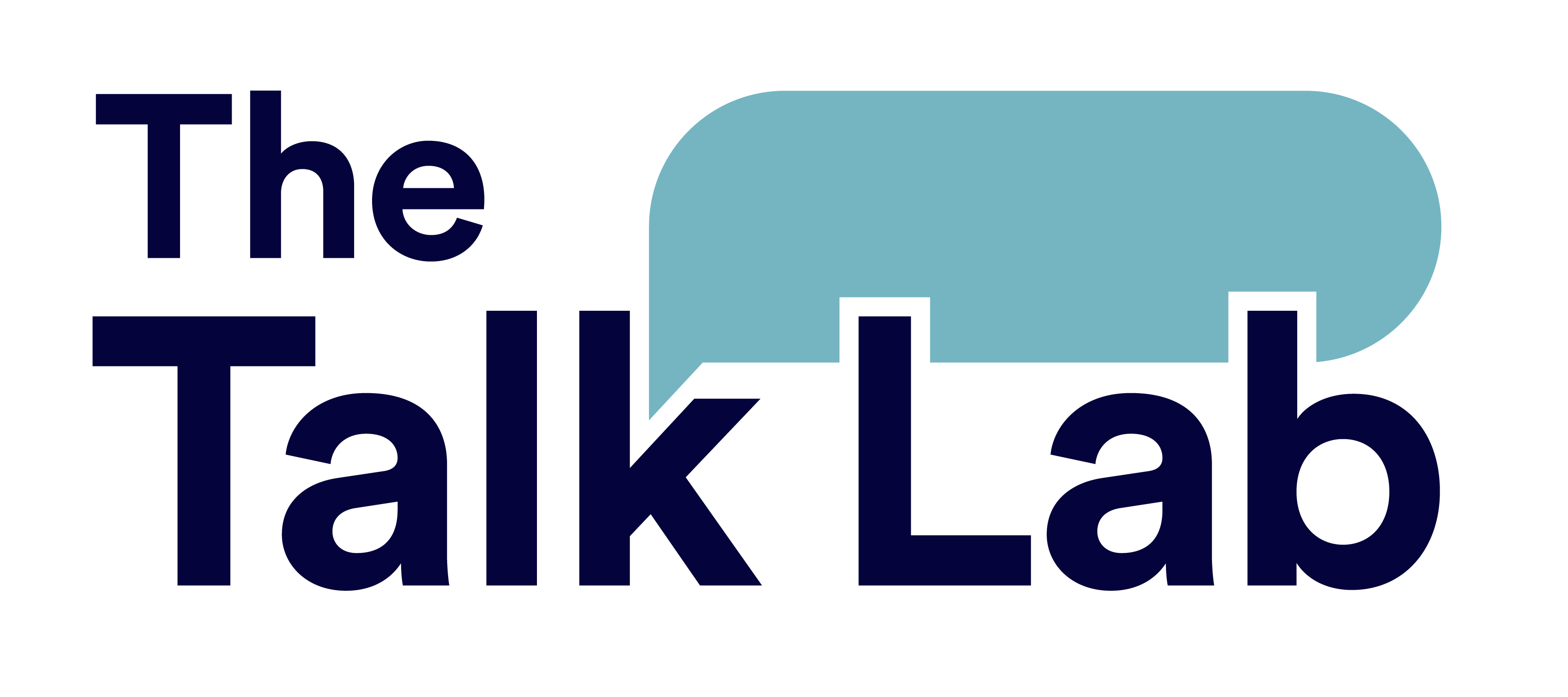Sarah: Improving Social Communication and Language Skills with LAMP for ASD in a Young Adult
This case study highlights the challenges faced by a young adult with ASD, the successful implementation of the LAMP approach, measurable progress, and the positive impact on the client’s social communication and language skills.
Our participant’s names and have changed to protect their integrity and privacy.
Client Background
Challenges Faced
LAMP Intervention
Our speech pathologist, Lee, introduced Sarah to the Language Acquisition through Motor Planning (LAMP) approach, focusing on enhancing social communication and expressive language skills:
- Assessment and Goal Setting: Lee conducted a comprehensive assessment to identify Sarah's specific language and social communication deficits and set individualized goals for intervention.
- Structured LAMP Sessions: Using the LAMP methodology, therapy sessions were structured to target:
- Social communication skills: Understanding social cues, initiating and maintaining conversations, and turn-taking during interactions.
- Functional language use: Practicing functional language in everyday contexts, such as making requests, expressing opinions, and asking questions.
- Expressive language: Building vocabulary, sentence structure, and using descriptive language.
- Visual Supports and AAC: Lee incorporated visual supports and an Augmentative and Alternative Communication (AAC) device based on the LAMP principles to support Sarah's communication and learning.
Progress and Results
- Improved Social Communication: Sarah showed enhanced skills in initiating conversations, using appropriate social cues, and engaging in reciprocal interactions.
- Functional Language Use: She demonstrated increased proficiency in using functional language for various purposes, including expressing needs, opinions, and preferences.
- Enhanced Expressive Language: Sarah exhibited improvement in expressive language skills, expanding her vocabulary and forming more complex sentences.
Impact on Sarah's Communication Skills:
- Increased Confidence: Sarah's improved communication skills boosted her confidence, leading to increased participation in social activities and interactions.
- Improved Relationships: She developed stronger connections and relationships with peers and family members through improved communication.
- Enhanced Independence: Better communication skills enabled Sarah to express herself more independently in various situations.
Conclusion
Sarah’s progress with the LAMP approach illustrates the effectiveness of targeted interventions in improving social communication, functional language, and expressive language skills in young adults with Autism Spectrum Disorder, leading to increased confidence and improved communication abilities.
